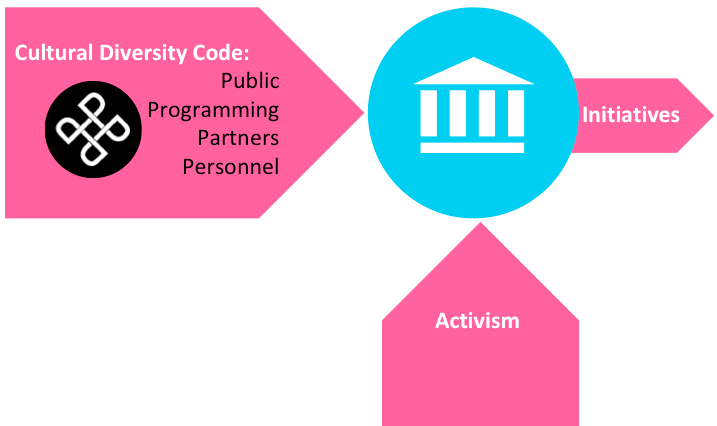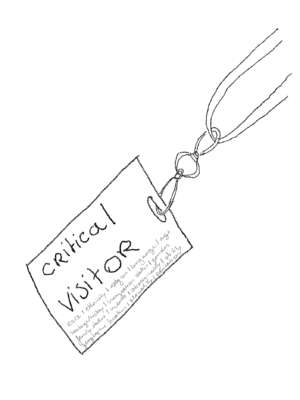
The Critical Visitor: Intersectional Approaches for Rethinking & Retooling Accessibility and Inclusivity in Heritage Spaces
The Dutch heritage sector is currently highly committed to achieving more diverse, inclusive, and accessible cultural institutions, as evidenced by the renewed national “Cultural Diversity Code” and the Museum Association announcement of 2019 as year of “connection and inclusivity” for employees and visitors. The 2018-Roadmap SMART Culture explains this sea-change as partly due to the “critical visitor”, making new demands to present culture through physical, virtual, and interactive means, accessible for all abilities and inclusive of all backgrounds. Although these observations are right, we need to go further than conducting empirical research on publics or visitors to fulfill such demands. Neither does an “add-and-stir” identities inclusion model help to transform heritage spaces in a long-term sustainable fashion. Instead we need to develop cohesive strategies, involving different stakeholders pivotal to the Dutch heritage sector.
This research project takes an “intersectional approach” towards a cohesive strategy of inclusivity and accessibility. Consisting of fifteen consortium partners from the heritage sector active in six work-packages we test and make recommendations to foster such inclusion. Our aim is to enable cultural institutions to implement daily working practices (selection, collection, preservation, display, interaction) that alleviate structures of exclusion. Through the method of triangulating “theory-ethics-practice,” the project will innovate the field of critical heritage studies and propose a palette of inclusive practices that fulfill today’s ethical standards set by governmental bodies and critical voices in heritage spaces. The policy-driven, scholarly, artistic output of enhanced tools and concepts will establish a new benchmark in museological theory and practice.
Background and objectives.

The rapidly evolving set of inclusivity, cultural diversity, and accessibility practices in The Netherlands makes for a dynamic living lab of evolving good and to-be-improved practices to study the tensions in museology between identity politics and universalist humanism. Our research consortium’s intersectional approach to rethinking and retooling accessibility and inclusivity strives to be a solution to resolving these ethical tensions and advancing the theoretical and practical field of critical heritage studies. The research program acknowledges that ongoing initiatives have pioneered and adopted tools and means for practicing diversity and inclusion work, but as yet do not have a formal network or platform through which they can exchange information and that provides a means of reflection or quality control. In other words, what is lacking is a space created for a “professional learning community” on this urgent topic. Consequently, our consortium project—bringing together researchers at five universities and ten professional and heritage partners—promises to lead to groundbreaking insights, interventions in working habits, recommendations for future applications, and the formation of the new network, “Heritage for Everyone,” to lay the groundwork for future collaboration.

Voiceblind! Episode 8: The Critical Visitor: How heritage institutions can achieve inclusion and accessibility, listening with PhD candidates Liang-Kai Yu and Nina Littel, in association with Amsterdam University of the Arts, Leiden University and TU Delft.



